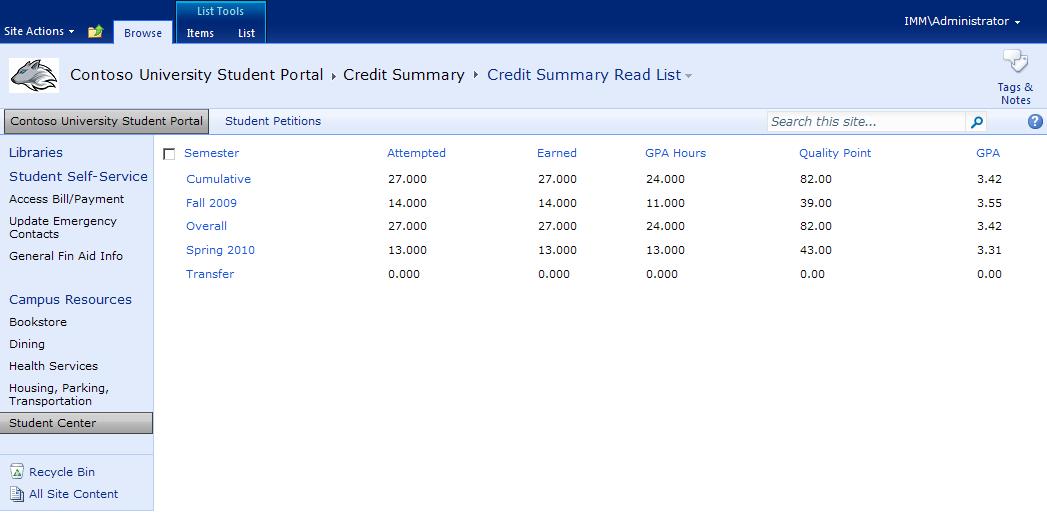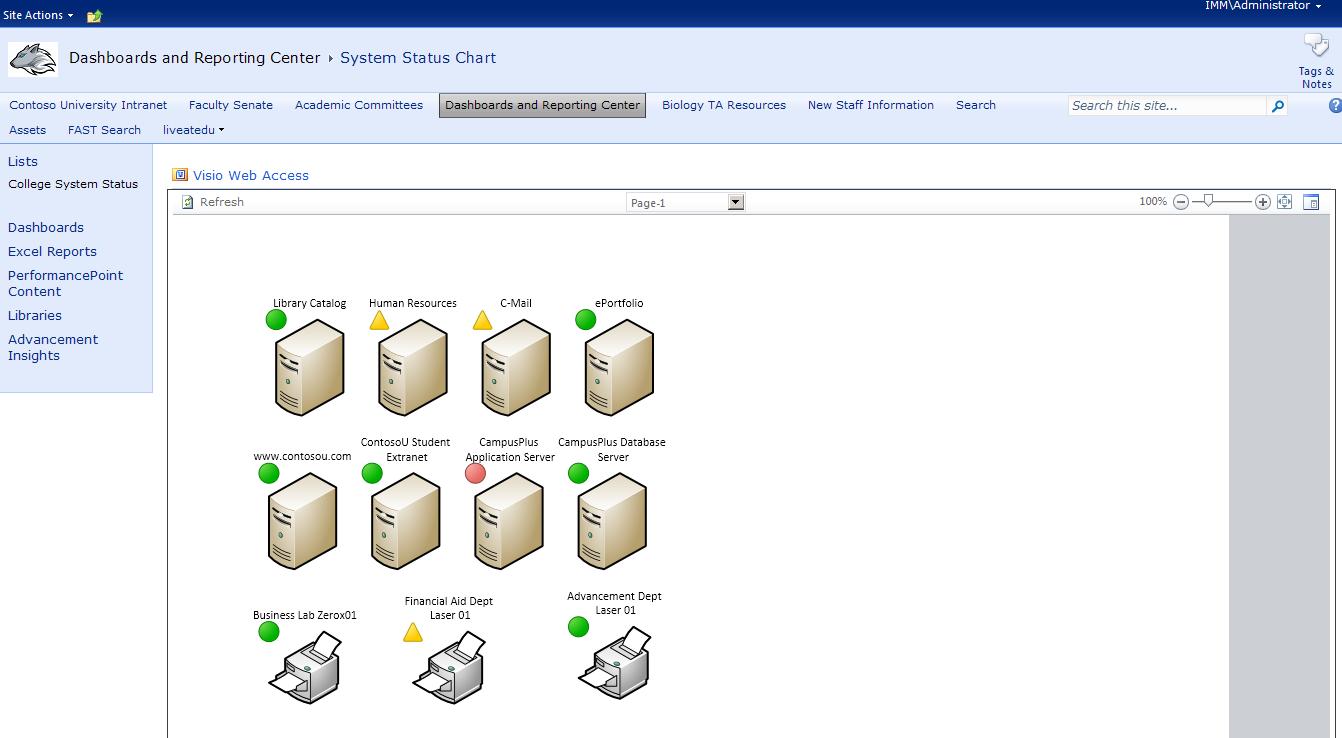Microsoft Certified Solutions Developer (MCSD: SharePoint Application)
| Step | Title | Optional training | Required exam | |
|---|---|---|---|---|
| 1 | Programming in HTML5 with JavaScript and CSS3 | |||
| 2 | Developing ASP.NET MVC 4 Web Applications | |||
| 3 | Developing Microsoft SharePoint Server 2013 Core Solutions | |||
| 4 | Developing Microsoft SharePoint Server 2013 Advanced Solutions | Not yet available |
70-480: At Course Completion
After completing this course, students will be able to:
- Explain how to use Visual Studio 2012 to create and run a Web application.
- Describe the new features of HTML5, and create and style HTML5 pages.
- Add interactivity to an HTML5 page by using JavaScript.
- Create HTML5 forms by using different input types, and validate user input by using HTML5 attributes and JavaScript code.
- Send and receive data to and from a remote data source by using XMLHTTPRequest objects and jQuery AJAX operations.
- Style HTML5 pages by using CSS3.
- Create well-structured and easily-maintainable JavaScript code.
- Use common HTML5 APIs in interactive Web applications.
- Create Web applications that support offline operations.
- Create HTML5 Web pages that can adapt to different devices and form factors.
- Add advanced graphics to an HTML5 page by using Canvas elements, and by using and Scalable Vector Graphics.
- Enhance the user experience by adding animations to an HTML5 page.
- Use Web Sockets to send and receive data between a Web application and a server.
- Improve the responsiveness of a Web application that performs long-running operations by using Web Worker processes.
70-486: At Course Completion
After completing this course, students will be able to:
- Describe the Microsoft Web Technologies stack and select an appropriate technology to use to develop any given application.
- Design the architecture and implementation of a web application that will meet a set of functional requirements, user interface requirements, and address business models.
- Create MVC Models and write code that implements business logic within Model methods, properties, and events.
- Add Controllers to an MVC Application to manage user interaction, update models, and select and return Views.
- Create Views in an MVC application that display and edit data and interact with Models and Controllers.
- Run unit tests and debugging tools against a web application in Visual Studio 2012 and configure an application for troubleshooting.
- Develop a web application that uses the ASP.NET routing engine to present friendly URLs and a logical navigation hierarchy to users.
- Implement a consistent look and feel, including corporate branding, across an entire MVC web application.
- Use partial page updates and caching to reduce the network bandwidth used by an application and accelerate responses to user requests.
- Write JavaScript code that runs on the client-side and utilizes the jQuery script library to optimize the responsiveness of an MVC web application.
- Implement a complete membership system in an MVC 4 web application.
- Build an MVC application that resists malicious attacks and persists information about users and preferences.
- Describe how to write a Windows Azure web service and call it from and MVC application.
- Describe what a Web API is and why developers might add a Web API to an application.
- Modify the way browser requests are handled by an MVC application.
- Describe how to package and deploy an ASP.NET MVC 4 web application from a development computer to a web server for staging or production.70-488: At Course Completion
After completing this course, students will be able to:- Design and manage features and solutions.
- Develop code for custom server-side components.
- Manage and customize authentication and authorization.
- Create custom sites and lists and manage the site lifecycle.
- Explain the capabilities and design choices for SharePoint apps.
- Use the client-side object model and the REST API.
- Develop provider-hosted and auto-hosted SharePoint apps.
- Distribute and deploy SharePoint apps.
- Create custom workflows to automate business processes.
- Use fields and content types to manage taxonomy.
- Customize the appearance and behavior of user interface elements.
- Customize navigation and site branding.
| Step | Title | Optional training | Required exam | |
|---|---|---|---|---|
| 1 | Installing and Configuring Windows Server 2012 | |||
| 2 | Administering Windows Server 2012 | |||
| 3 | Configuring Advanced Windows Server 2012 Services
After
successfully completing steps 1-3, you'll earn a Microsoft Certified
Solutions Associate (MCSA): Windows Server 2012 certification.
| |||
| 4 | Core Solutions of Microsoft SharePoint Server 2013 | |||
| 5 | Advanced Solutions of Microsoft SharePoint Server 2013 | |||
| 6 | Developing Microsoft SharePoint Server 2013 Core Solutions | Not yet available | ||
| 7 | Developing Microsoft SharePoint Server 2013 Advanced Solutions | Not yet available | ||
| 8 | MCSM SharePoint Knowledge Exam | |||
| 9 | MCSM SharePoint Lab Exam |




















